empty step
tai chi chuan
strength
balance
posture
coordination
focus
flow
community
“Practicing Tai Chi by the ocean has been an incredible experience. There’s something truly special about moving gently while hearing the waves and feeling the fresh air, it brings a deep sense of peace and presence. This practice is helping me cultivate mindfulness and find more balance in both body and mind.” — María from Howell, NJ
FLASH! Now at the Gravity Vault!
Empty Step will now be offering beginner tai chi instruction at the Gravity Vault in Brick, NJ, on Wednesdays at 7 PM. Classes are free for GV members, $10 for day pass users, and $15 for drop-ins interested only in the class. All classes will be taught by Ken.
IMPORTANT! Class size is capped at 10 students. To reserve a spot ahead of time, call the gym directly at (848) 241-3523.
This class will focus on William CC Chen’s Yang-style “60 Movements”, a close derivative of Cheng Man-Ch’ings’s 37 Postures. We will also learn one or two Micro Tai Chi™ movements each week. These are designed to be executed at home or in a park when one has only a minute to spare. Tai chi practice, like most healthy practices, are tough to sustain. Use “Micros” to keep your practice alive.
See here for full details on the Gravity Vault program.
The Philosopher’s Workout
Tai Chi Chuan deceives us with its slow, graceful, gliding ballet.
Beneath the surface, this 16th century martial exercise challenges our:
- strength
- balance
- coordination
- mental focus and
- calm fortitude.
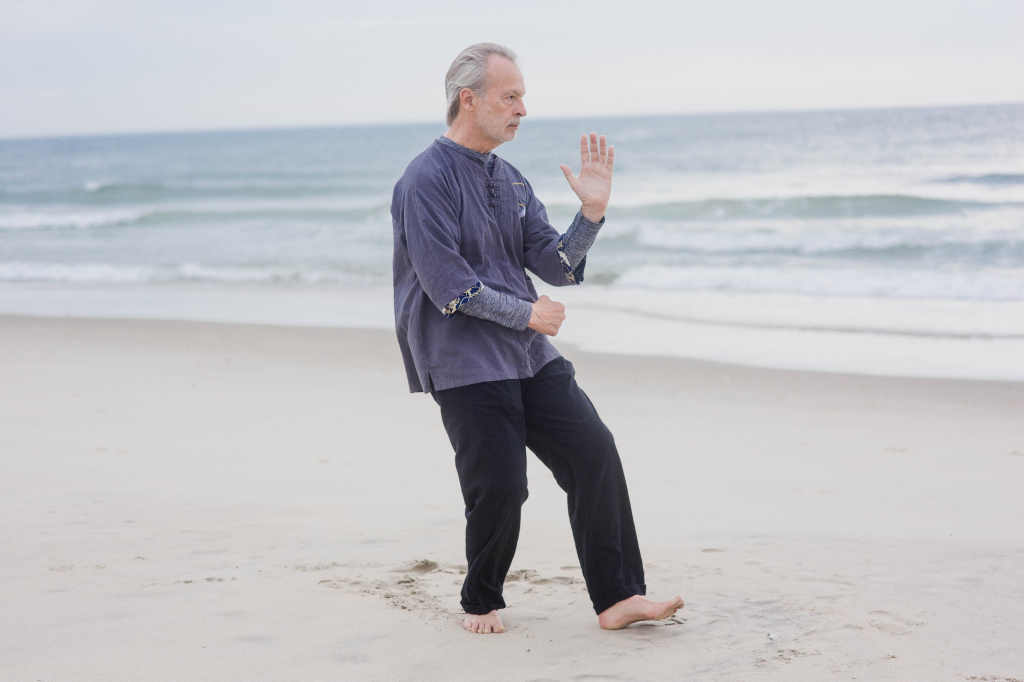
“That was an amazing class. Thank you! Thank you! Thank you! “– Kathy L., ballerina, Spring Lake, NJ
To succeed, we must:
- learn the precise sequence of steps within each movement;
- learn the precise gestures and positions required by each step;
- understand the martial application of a movement;
- practice, practice, practice until the movements flow without thinking;
- know when to breathe autonomously, and when to breathe purposefully;
- learn to feel our movements — the proprioceptive sense;
- use imagination of a stylized fight to magnify the proprioceptive;
- make all that look easy — the deceptive part!
Because the mind permeates our practice, we call it the Philosopher’s Workout.
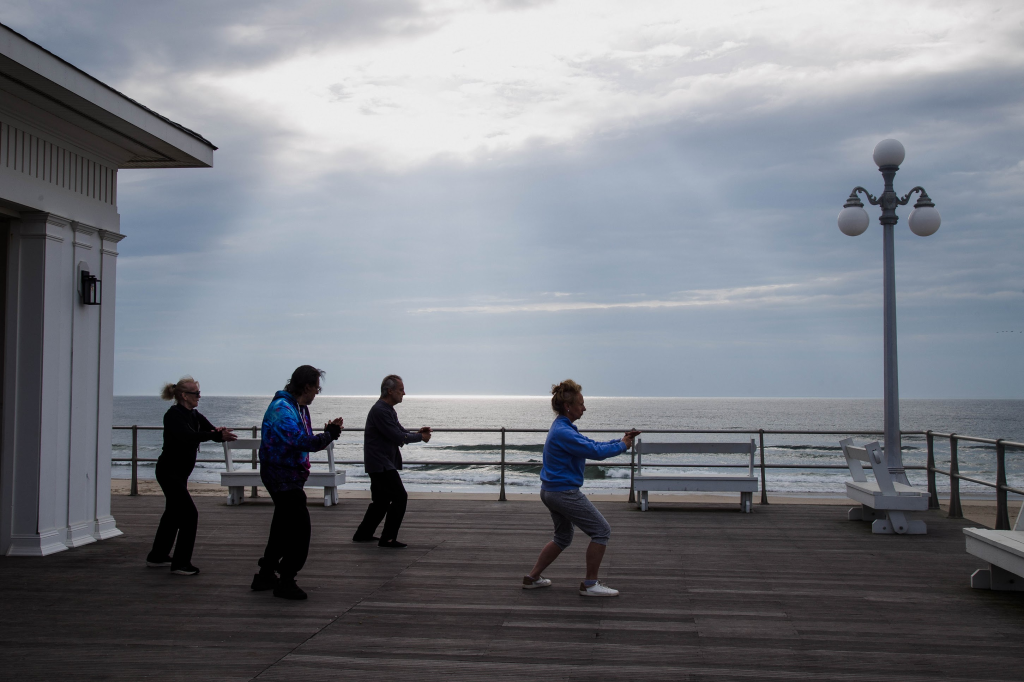
I began participating in Tai Chi Classes on the boardwalk in Spring Lake, NJ as a lark. I had actually attended to convince a friend to join. I was the one who stayed. The beauty of Tai Chi has been beautifully revealed to me by Ken Tilton, the world’s greatest teacher outside of Great Grandmaster William C. C. Chen! Every class is intelligently structured with repetition of the form, new instruction and Ken’s keen eye catching important alterations in our form and understanding. Not only that, but Ken’s passion for Tai Chi is unending. He is always researching and sharing new thoughts [on] Tai Chi and sharing them with the class. If I was a competitive sort, I could go to the top with Ken as a World Class Coach of Tai Chi. 2026 Olympics, HERE I COME!!! – Donna V. Spring Lake, NJ
Benefits
How can twelve minutes of such a slow, graceful activity produce the many benefits claimed for Tai Chi Chuan?
First, they are more than claims. “The Harvard Medical School Guide to Tai Chi” offers research support for:
- Boosts balance and reduces fall risk
- Enhances leg strength and posture control
- Improves flexibility and joint mobility
- Reduces chronic pain (e.g., arthritis, fibromyalgia)
- Helps manage blood pressure and supports heart health
- Aids in breath control and lung function
- Lowers stress, anxiety, and symptoms of depression
- Improves focus, memory, and executive function
- Improves anger management
- Enhances sleep quality and overall well-being
- Supports immune function and energy levels
Second, we had AI compile a set of activities that would touch all the bases covered by the Philosopher’s Workout. Altogether they ran to about thirty-five minutes, or triple the time spent doing the tai chi form.
tl;dr: It is not just twelve minutes. It is a single concentrated exercise that, once begun, flows continuously to the end, delivering all the mind and body health detailed above. How efficient is that?
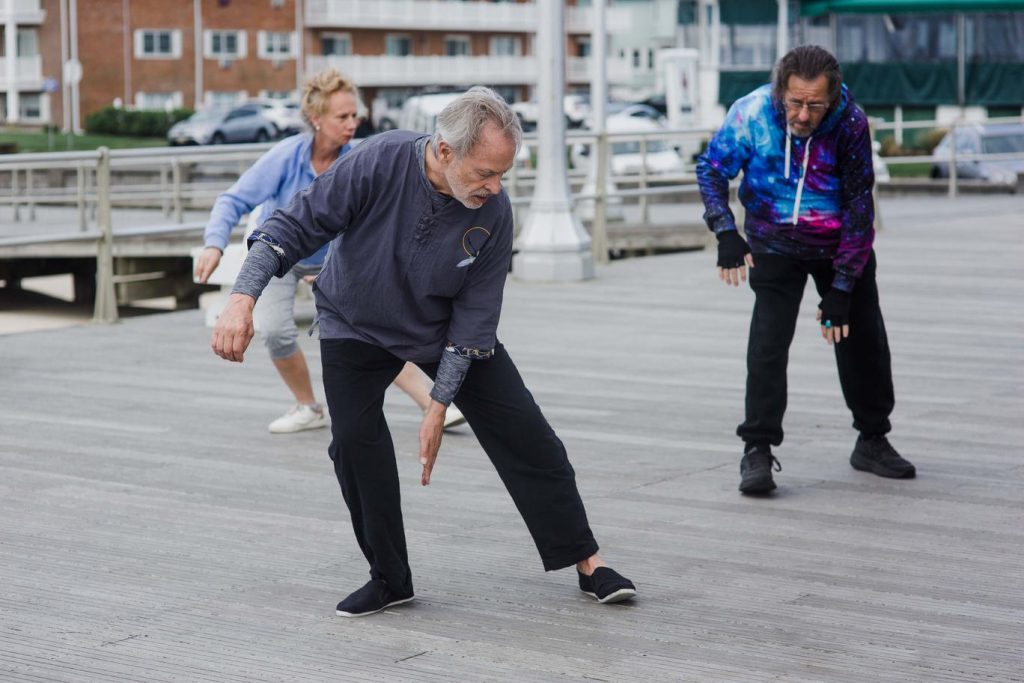
Ready to learn?
Do not be intimidated by the description above. We memorize nothing, and we learn in stages, first beginner, then so-called “refinement”. The practice involves steady repetition polishing each movement, and movements are practiced in clusters so we learn the sequence without thinking as we polish the movement.
It is said the form performs us, not the other way around. You will notice improvement in a few weeks, sooner with practice outside class. Speaking of classes, here is the schedule and more.
About Empty Step Tai Chi
The Tai Chi Chuan form is a precisely choreographed exercise designed to cultivate leg strength, balance, coordination, flexibility, and general health. The form simulates a slow motion martial encounter with several imagined assailants attacking from different sides. Each movement has a martial purpose informing its execution and motivating our internal rising and falling intensity. Combined, the movements constitute a moving meditation focused on what Great Grandmaster William CC Chen called “Body Mechanics”.
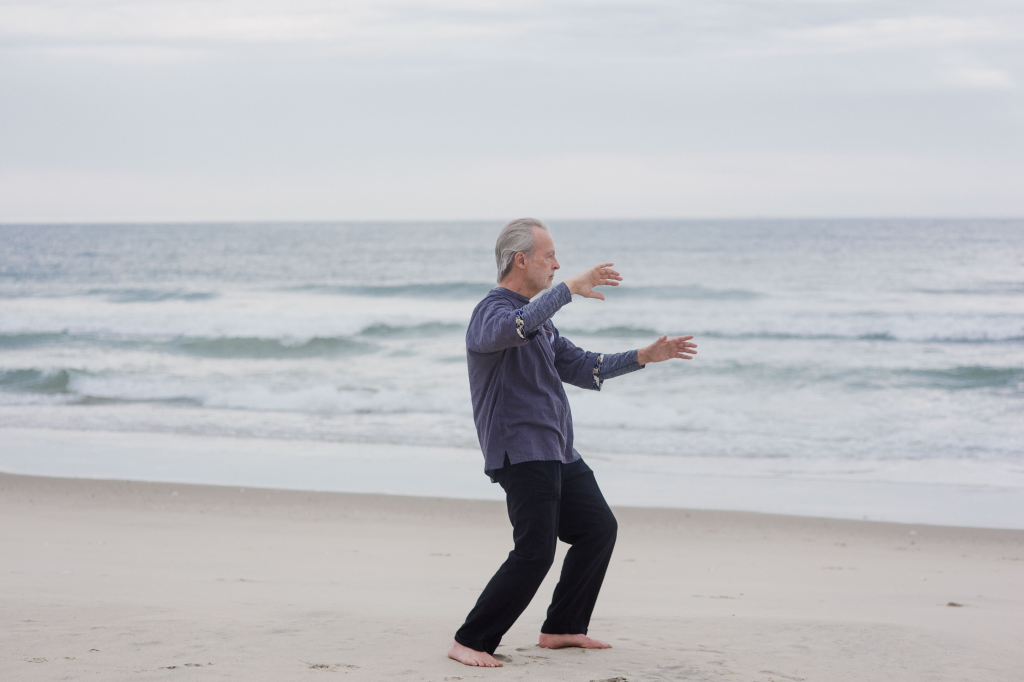
While designed originally as a training exercise for fighters, the tai chi chuan form is now recognized more for its health benefits. At Empty Step, however, we emphasize the martial origins and applications in teaching the form, and offer tui shou (“push hands”) practice by invitation to select students.
Great Grandmaster William CC Chen
Master Chen’s latest thinking can be found in his new book, “Brain Aerobics”. Research shows that brain aerobics, such as puzzles or learning a new dance step, maintain or improve cognitive function. In his new book, Master Chen details the mind-body connection cultivated by tai chi. He emphasizes relaxation and enjoyment above all, adopting a taller stance that is easier to maintain, and a more natural posture. Perform happily, he says. We keep the precision of Cheng’s “37 Postures” but reduce the physical stress, increasing our meditative awareness.
Here is the cover, copyright 2023 William CC Chen:
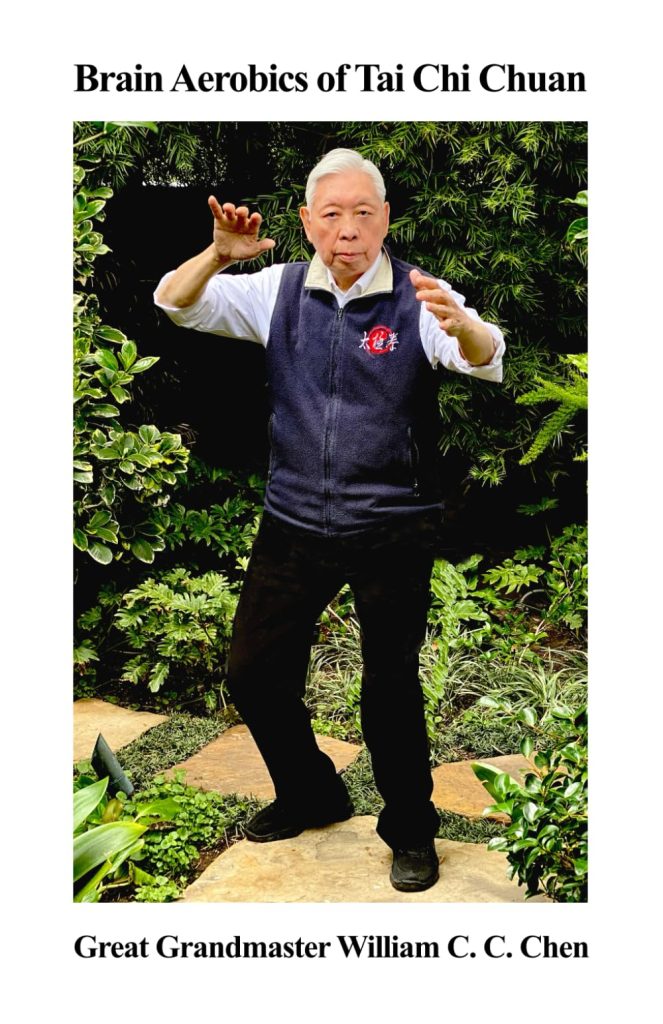
Ken’s Tai Chi
Ken has studied Yang-style tai chi off and since the 1990’s. Please visit the “Teachers” page for more detail. Ken has also dabbled in qi gong, emphasis on dabbled, but he is a big fan of Terry Dunn’s Flying Phoenix DVDs.
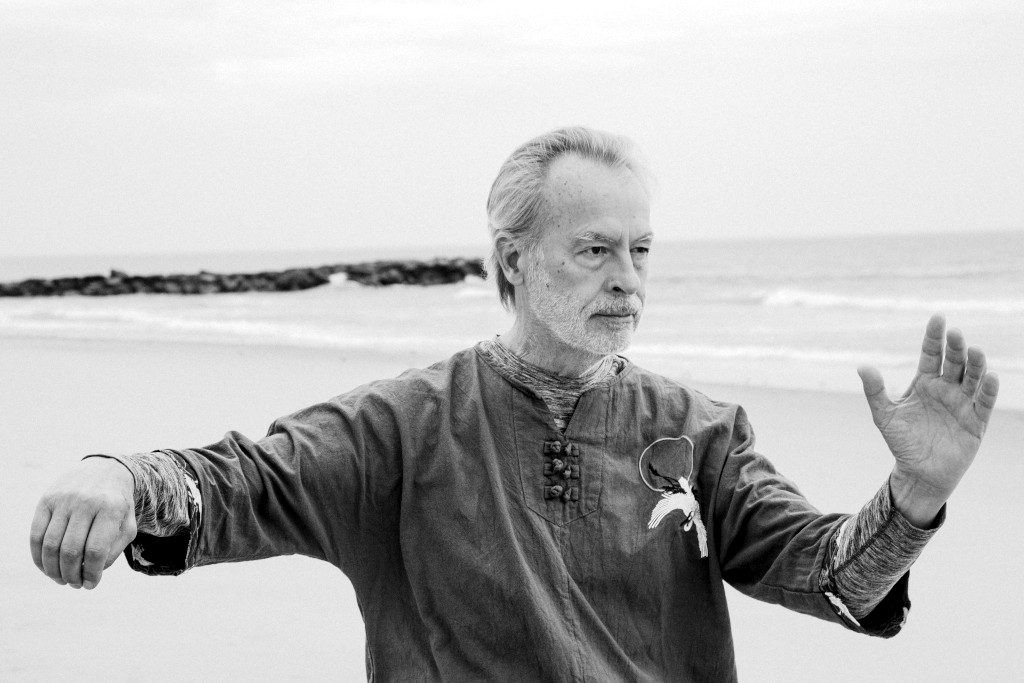
Below you will find links to two videos, one a rough introduction to tai chi, the other a recording of Ken doing William CC Chen’s “60 Movements” Yang-style tai chi chuan short form, a very close derivative of Professor Cheng’s “37 Postures”.
Introduction to Tai Chi Chuan
Ken and William CC Chen’s “60 Movements”
Class schedule, locations, and clothing
Click the “Classes” tab above, or follow this link.
Contact us
Ken, the founder of Empty Step Tai Chi Chuan, can be reached at ken@emptystep.net.
Photography by Maria
Photography by María del Carmen De la Garza Bayón
